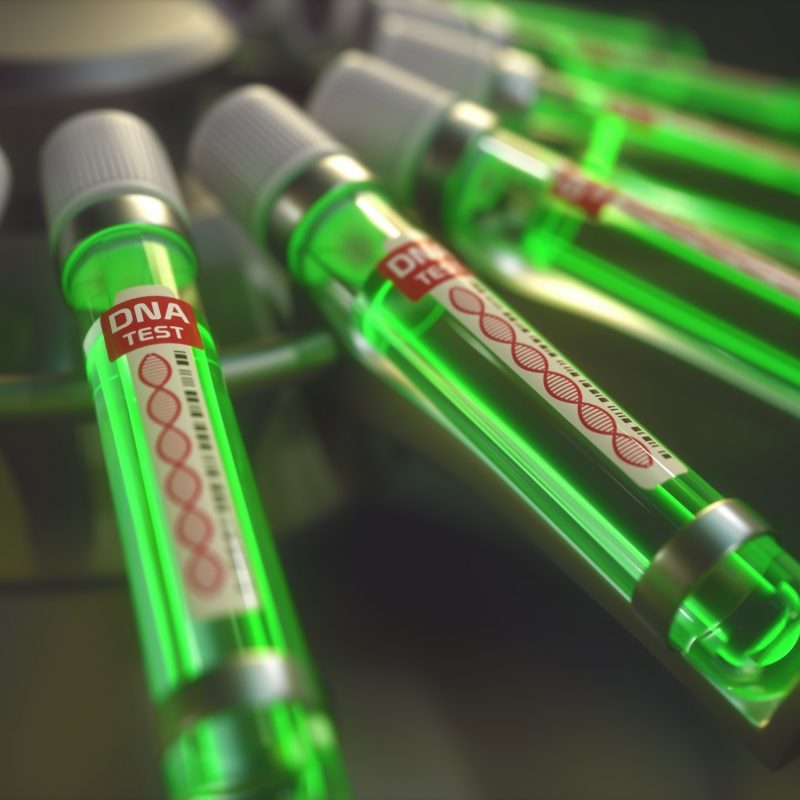Projects
- Home
- »
- Projects
PSY-PGx
A new intervention for the implementation of pharmacogenetics in Psychiatry
Funded by the Horizon 2020 Research and Innovation
An estimated 38.2% of the EU population currently suffers from a mental disorder, i.e. 165 million people, and this number is expected to rise. Effective treatments for mental disorders are available, but their effectiveness is limited by low compliance due to frequent side effects, which are partly due to patient heterogeneity in the genes encoding for drug-metabolising enzymes.
Objectives: (1) The primary objective of this study is to evaluate the impact of pharmacogenetic testing on patient recovery in response to psychotropic treatment from baseline to end of week 24 of the study. Earlier prospective pharmacogenetic studies in psychiatric patients have only assessed until 12 weeks, this study will follow-up until 24 weeks as it is known it takes usually more time to recover from more serious psychiatric disease episodes, where medication is indicated. (2) Secondary objectives of this study include evaluation of the impact of pharmacogenetic testing on clinical response, side effects, general wellbeing, and psychosocial functioning.
This clinical study will be the first international, multi-centre, non-commercial, prospective pharmacogenetic study to investigate the impact of taking CYP2C19 and CYP2D6 genotypes into account when prescribing a number of commonly used psychiatric medications in real-life patient settings.

PsyCise
Utility of plasma drug level monitoring and CYP2C19/CYP2D6 genotyping in dose personalization of antidepressants and antipsychotics
Funded by the Science fund of the Republic of Serbia
Application for funding under review With the cumulative global prevalence of 7%, affective disorders cause significant burden to the society world-wide. Moreover, the antidepressants and antipsychotics are not always effective and at the same time, the research on and development of the new psychotropic drugs is near standstill; in such a situation it is of paramount importance to maximize the effectivness of the medications that are currently available on the market. Escitalopram and sertraline are commonly prescribed antidepressants metabolized by the polymorphic CYP2C19 liver enzyme, while risperidone and aripiprazole are commonly prescribed antipsychotics metabolized by the polymorphic CYP2D6 liver enzyme. Therefore, depending on the CYP2C19/CYP2D6 genotype, the patients can be normal metabolizers (normal drug exposure), intermediate metabolizers (moderately increased exposure), and poor metabolizers (profoundly increased exposure). Inadequate exposure can lead to either insufficient effectiveness or adverse drug reactions and therefore it is very important to administer the correctly individualiye the dose. Proposed multicentric clinical study aims to (1) establish the personalized dosing guided by CYP2C19/CYP2D6 genotyping and plasma level quantification for escitalopram, sertraline, risperidone and aripiprazole in two major psychiatric hospitals and to (2) quantify how much can escitalopram-, sertraline-, risperidone-, or aripiprazole-treated patients benefit from such a science-based personalized dosing. Considering the burden of psychiatric disorders and frequency of suicide among psychiatric patients, improving the outcome the treatment with antipsychotics and antidepressants has a potential to significantly improve life quality of the population suffering from psychiatric disorder and to save lives of potential suicide victims.

BrainCyp
Role of drug metabolizing cytochrome P450 enzymes expressed in the brain in brain disorders aethiology and pathophysiology
Funded by Swedish Brain Foundation and H2020 - ERANET grant
Cytochrome 2C19 is an important enzyme that is involved in the metabolism of a large number of psychotropic drugs, as well as numerous endogenous substances. Genetically determined absence of CYP2C19 enzyme activity is associated with a lower incidence of depressive symptoms and increased bilateral hippocampal volume in healthy humans. One of the possible mechanisms may be the fact that the CYP2C19 enzyme is expressed in the brain of the fetus, while its presence in the brain cannot be observed in adults, which indicates the potential role of this enzyme in the development of the nervous system. Transgenic mice, carriers of the human CYP2C19 gene, are used as an animal model to examine the effect of this gene on the functioning of the organism. Since mice do not normally possess the CYP2C19 gene, the expression of CYP2C19 is specific to transgenic mice. Previous research on transgenic CYP2C19 mice revealed their complex emotional phenotype that includes increased susceptibility to stress, elevated depression-like behavior and impaired motor function. These changes in the behavior of transgenic CYP2C19 mice were followed by structural alterations in the brains, such as decreased volume of the hippocampus and cerebellum. The aim of this project is to understand the exact cellular and molecular mechanisms that are involved in the altered motor phenotype in transgenic CYP2C19 mice, which could potentially provide insight into new drug targets for the treatment of cerebellar disorders.

9. BeyonDA
Role of specific neuronal pathways in the pathophysiology of psychosis and antipsychotic treatment
Application for funding under review
Psychosis is a major health issue, mostly because it is poorly understood mechanistically. Here, we will utilize the advancement in structural post-mortem rat neuroimaging to quantify the structural alterations in neuronal pathways induced by challenges connected with an increased risk of psychosis and also by chronic antipsychotic treatment. Initially, we will quantify structural network changes induced by the challenges of prenatal infection, child impoverishment, and adolescent cannabis use in rats. Subsequently, we will identify common structural network alterations induced by these three challenges and define the overlap as psychotic-like structural phenotype (PLSP). Next, we will evaluate which pathways within the PLSP can be ameliorated by typical and atypical antipsychotics and which additional structural network alterations are induced by antipsychotic treatment. Furthermore, we will investigate whether the positive modulation of the neuronal projection between two important structures (from dorsal hippocampus-cornu ammonis 3 to dorsolaterocaudal septum) is necessary and sufficient to provide favorable antipsychotic-like effects. Finally, we will translate these findings to humans, by using publically available neuroimaging databases. This project is expected to contribute to the development of neuroimaging biomarkers that can be used for the identification of population-at-risk of psychosis, for therapeutic drug monitoring, and to advance the understanding of key neuronal pathways behind psychosis.

SSRImage
Treatment of adolescent stress-induced phenotype with selective serotonin reuptake inhibitors – Mechanistic insight and clinical relevance
Application for funding under review
As a result of social stress applied through social media, social networks, and aggressive marketing strategies, individuals exposed to adolescent social stress frequently develop psychiatric phenotypes as young adults. Selective serotonin reuptake inhibitors (SSRI) can ameliorate these phenotypes; however, their mechanisms of action are not yet elucidated. First, we will utilize state-of-the-art post-mortem rat and in vivo human neuroimaging, accompanied by immunohistochemical serotonergic system characterization in rats, with the aim to quantify adolescent stress-induced phenotype (ASIP). Next, we will identify which adolescent stress-induced structural and functional brain alterations can be reversed by chronic SSRI or 5HT1A agonist treatment in rats, translate these findings to humans, and investigate the differences between SSRI treatment outcomes in favourable and hostile environments. Finally, we will utilize chemogenetics to test whether the inhibition of anxiogenic projection from the ventral hippocampus to basolateral amygdala is necessary and sufficient to produce the amelioration of ASIP observed in 5HT1A agonist treated rats. The results obtained could lead to a paradigm shift in the preclinical screening of candidate anxiolytics and antidepressants in rats, by replacing the traditional black-box behavioural readouts with palpable structural and functional neuroimaging readouts. Translation of rodent data to the human situation will facilitate the development of neuroimaging biomarkers, which can be used for more reliable diagnostics of psychiatric phenotypes and therapeutic drug monitoring of anxiolytic and antidepressant drugs.


